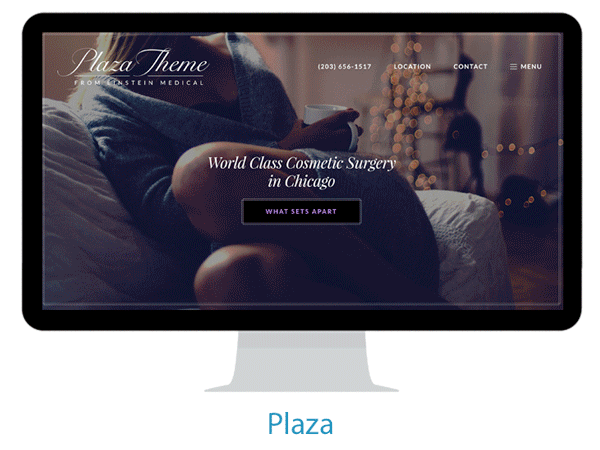A Rogues Gallery of SEO Outlaws on Dental and Medical Websites

If you are like many dentists and physicians, your eyes glaze over when you hear "SEO."
We get it. After all, surely everyone should understand best practices for search engine optimization by now, right?
So imagine our surprise at the Rogues Gallery of SEO bad guys we've uncovered for dentists and physicians when we audit their websites. Could your website also be falling victim to these digital desperados?
The Copycat
No one likes a copycat, including Google. We found doctors with website content that was word for word the same as content on the sites of other doctors. Not only is that embarrassing, but it's a surefire way to drop your website's rankings.
Google itself says: "Your site’s content should be unique, specific and high quality. It should not be mass-produced or outsourced on a large number of other sites."

The Master of Multiple Identities
Would you trust someone who used a different name each time you met? Neither does Google.
What many dentists and doctors don’t realize is that any time their name appears with a slight variation (such as Joe instead of Joseph) they are creating another identity, at least as far as Google is concerned. This has ramifications, whether it happens on your website or anywhere on the web.
When Google runs into these variations of your name (or address), it's harder to connect the dots. And then Google begins to lose trust. When that happens, your site can be downgraded in search results and you begin to slip out of sight.

The Imposter
The Imposter is a website that purports to be a great fit for mobile screens, but in reality it's a second-rate solution deceptively named “mobile friendly.”
What you get is your website miniaturized to fit on a small screen; the digital equivalent of sitting at a kindergartener’s tiny school desk. In that tiny chair. Hint: Mobile friendly can be user hostile.
The better solution: A mobile responsive site, which shape-shifts into the ideal format for whatever device a visitor is using. Two columns can morph into one to better fit the vertical format of mobile phones. Text and images adjust to better fit the device in use. And phone numbers can be dialed with a click on a smartphone.
With a responsive website, ease of use is baked in. Even better, Google prefers responsive sites.

The Maze Runner
Figuring your way out of a maze is a fun diversion, but we don’t recommend turning a prospective patient into a maze runner.
Unfortunately, doctors unwittingly do that with pay per click ads that dump potential patients onto a website’s home page. Instead of immediate gratification, people who click on the ad are left to wander the website looking for the information they were promised.
It’s the digital equivalent of a corn maze and causes most visitors to pogo stick back to Google for a competing offer.
Are these digital desperadoes hiding out on your website?
You won’t know until you look.
December 2016 Update: Google has been working overtime taming our digital wild, wild West. If you haven't updated your website to adapt to these changes, be ready for some rough road in 2017.
One of the big changes: Google's Mobile First Index.
Last November Google announced that it was testing a new alogorthim for search. Instead of judging your website based on desktop usage, Google is changing its algorithm to judge your website based on its mobile performance. That, in turn, will influence how high your site ranks in search results.
Of note: Google will use this one index for everyone, whether they are on a smartphone or a laptop.
If your website isn't at least mobile friendly by the time Google rolls out this new index, buckle up. You could be in for a bumpy ride.
Pro Tip: "Mobile friendly" is a low bar in web design. Google prefers websites that are "mobile responsive."




